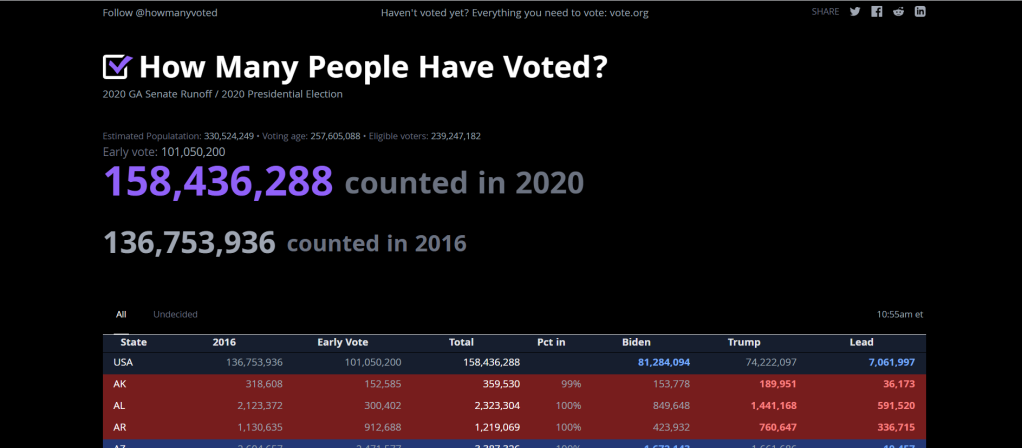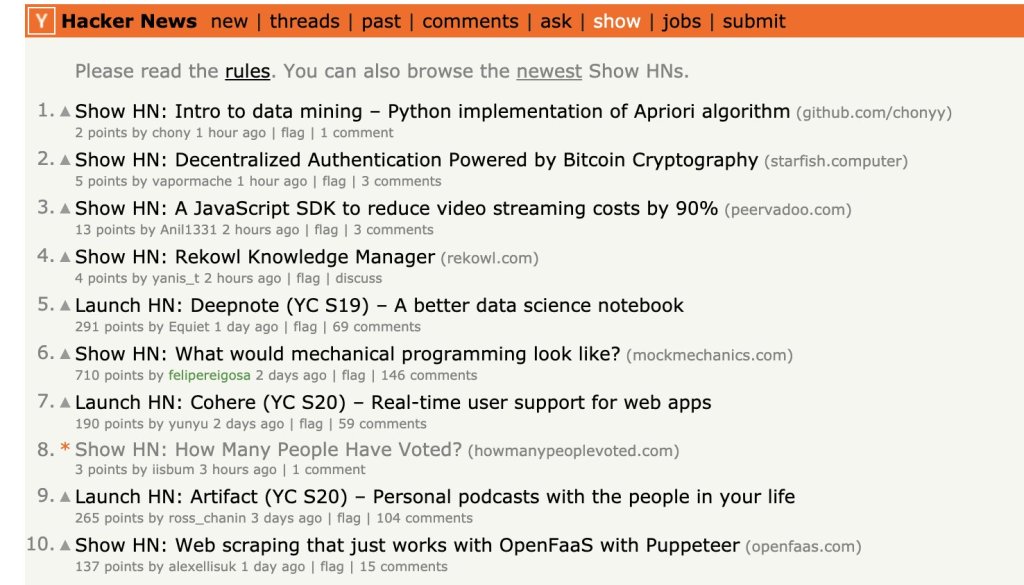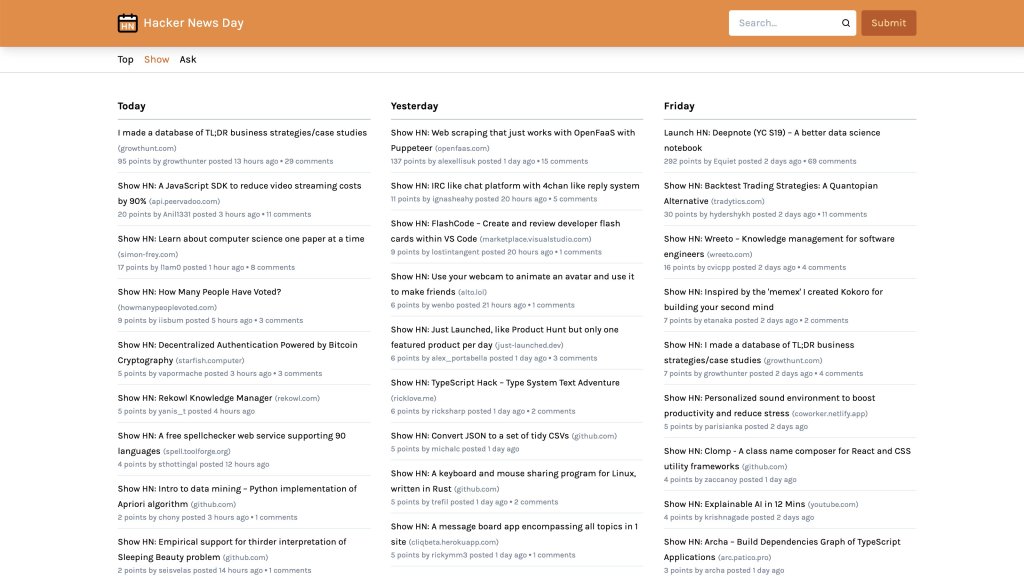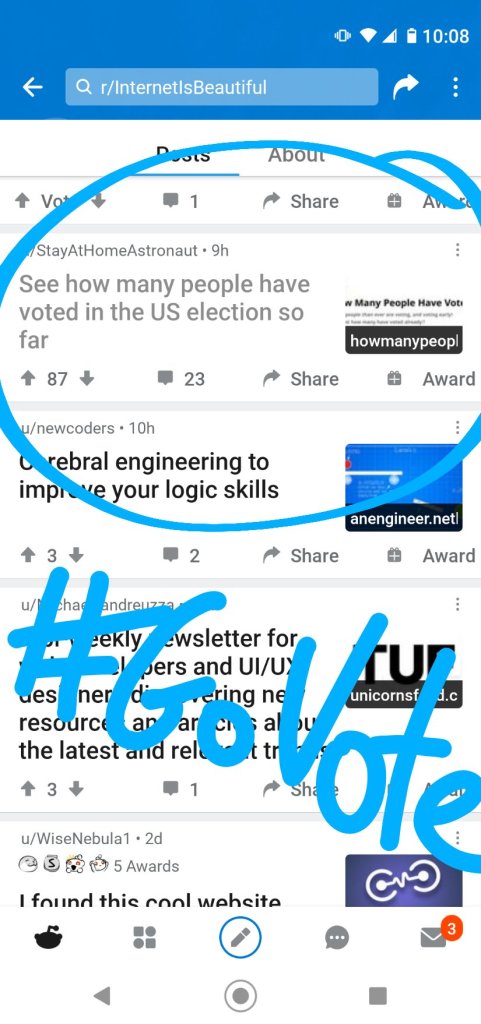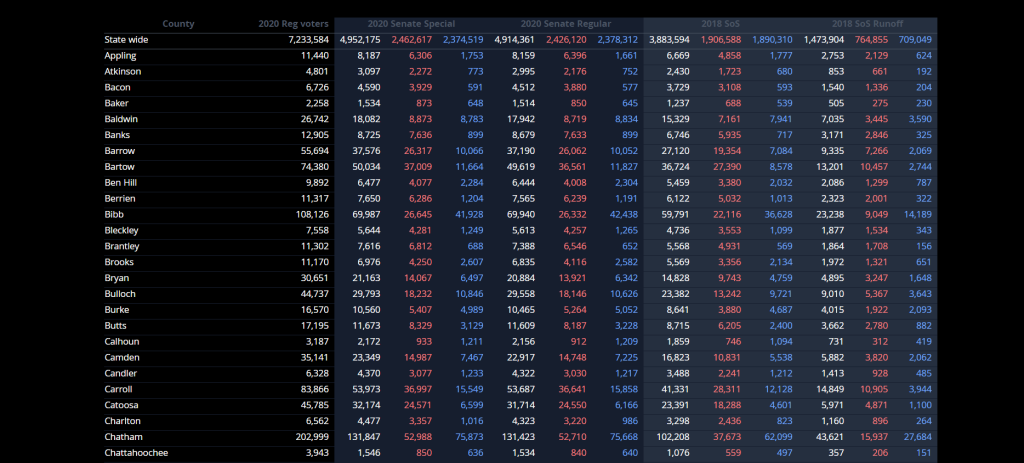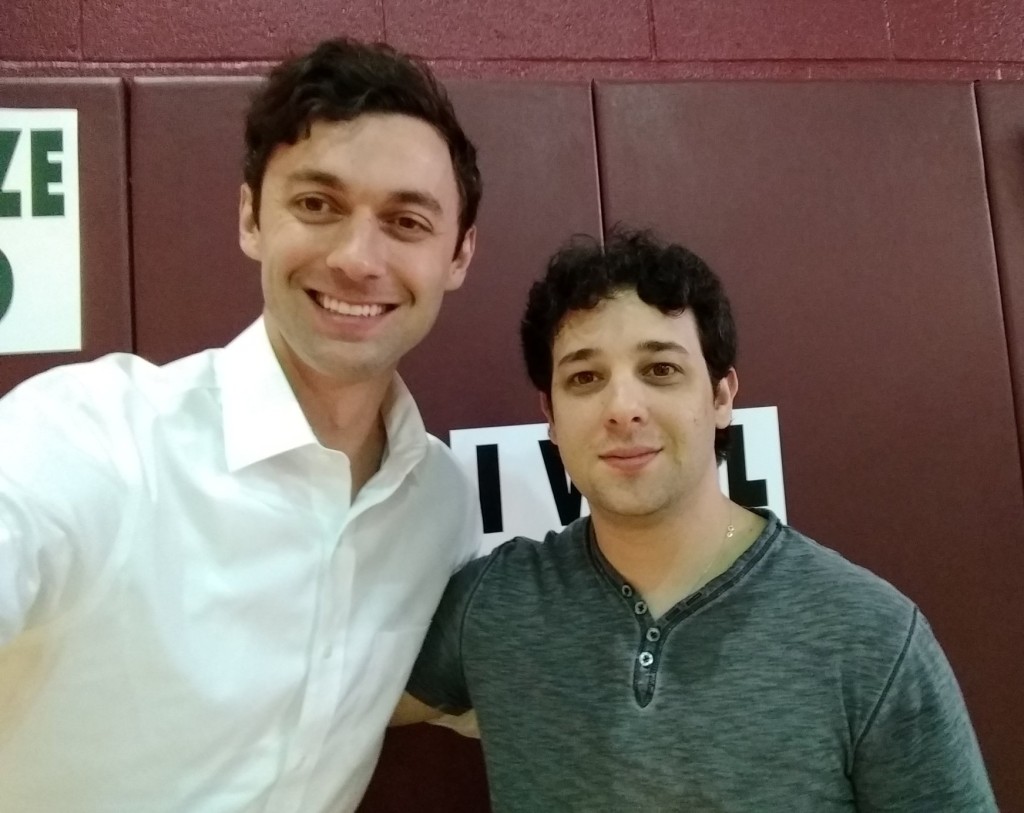
An Intimate Gathering in 2017
In April 2017, I made my way across Sandy Springs in Atlanta to a house nearby the JCC (Jewish Community Center). It was an area of town I was more than a little familiar with; I’d grown up around there, my grandparents lived there, I’d gone to school around there, and holiday dinners were spent quite literally in the neighborhood. But it wasn’t a holiday get-together I was attending that afternoon—it was a small, intimate meeting with then-Congressional candidate Jon Ossoff.
There were about 40 people at the host’s house—some of them children who’d come with parents—so it wasn’t difficult to listen to Jon speak intimately about the issues which drove him; issues like healthcare, anti-corruption, job creation, equal rights, and renewable energy opportunities. After a short speech, he took whatever questions peppered the crowd, and in a unique twist of fate, ended on my question about what opportunities he saw in making Atlanta a tech-hub and destination city. He seemed to connect with my eagerness to see the city listed among Boston, San Francisco, Austin, New York, and Seattle as a major tech hub, and recognized the opportunities we had to make it so. Afterwards, we chatted a little further and exchanged numbers to continue the conversation.
Here, I need to give it up to my grandparents—and especially my grandmother—through whom I effectively met Jon and began our running discourse. She was instrumental in turning out Dunwoody residents for Jon’s 2017 campaign, a fact which he’s expressed gratitude for time and again. He even opened an email with such a sentiment later on (see below).
In June of that year, when Jon became the Democratic nominee for the special election in Georgia’s Sixth District, the energy was something we hadn’t felt since perhaps 2008. Ultimately, Jon would miss by a mere percentage point or two; perhaps meaningless to those living outside Georgia, but to those of us who grew up here, indicative of a larger change on the horizon.
The Out-of-the-Blue Email in 2018
One of the big questions thereafter was what Jon would do. Would he run for GA06 again? No—he came out as a vocal supporter of now-Congresswoman Lucy McBath. Would he run for Governor? No—he left that to Stacey Abrams and I think everyone would agree that was the right decision to make. Abrams has fundamentally changed the Georgia political landscape in ways previously unseen certainly in my lifetime. Jon seemed to step back from the spotlight a little at this time, focusing I would assume on more personal life events and future plans.
Nevertheless, he and I resumed a light dialogue after a minor time lapse. I received this email from him out of the blue in February of 2018 and subsequently scheduled a catch-up call.

The call wasn’t long; perhaps about 15-20 minutes. But then again, it didn’t need to be.
How Relationships Grow Through Long-Term Discourse
One of the key things I’ve learned through becoming an expert relationship-building and networking consultant is that it’s the substance that matters, not the time. So it doesn’t matter that our catch-up call was 15 minutes instead of two hours—and it didn’t matter that we don’t speak daily. One of the biggest misconceptions about great relationship-building is that you need to be in someone’s face 24/7 to see any long-term benefit. This is incorrect.
One of the key rules to understand in any relationship-building scenario is that people have a million things to do every day. Time is their most precious commodity followed closely by energy. Recognition of this is core to developing any sort of dialogue that is positive and authentic.
During our conversation, Jon and I discussed the normal things: his expression of gratitude for support in 2017, what my future goals might include, how I might be able to support him in the future, etc. No bombshell revelations, no hints at future runs for office. All I had on that level were my own theories. But the calls accomplished what they were supposed to; keeping the lines of communication open and indicating interest in future dialogue.
This would become our particular dance: running into and acknowledging each other, continuing our discourse, and then parting for some time until the next time.
Serendipitous Meeting in 2019 and Senate Candidacy
I would bump into Jon again in April of 2019—almost two years exactly since we first met—down at the Martin Luther King, Jr. Center in Atlanta at another event. We stood again and spoke a bit about the developing political landscape in Georgia and I asked if he might run again. He demurred a little and returned our conversation to the current event, but I thought I saw a slight glimmer in his eye.
The next time I saw Jon wouldn’t be too far off, and there wouldn’t be any more question of what lay ahead. It was in September of 2019—at his official Senate campaign kickoff event. It included moving remarks from civil rights icon John Lewis, whom I was also humbled to meet before his passing last year.

Jon and I spoke only for a brief few minutes—he was swarmed by people wanting to shake his hand and take his picture (in the time before Covid)—and it was important to let him do so. But in those few minutes, our continued discourse was acknowledged, our mutual hope for Georgia articulated, and, again, an expression of gratitude on his part for support and positive words.
Throughout his 2020 Senate campaign, I saw Jon at a number of events, and watched the crowds grow larger and larger. It very quickly got to the point where the lines for pictures with him were longer than I’d ever seen them, and after he’d be whisked away on his bus to hit the next stop. But every time I was there on the side, watching him take pictures with new supporters, he never failed to acknowledge me and thank me for continued support:
“Adam, great to see you! Thank you so much for coming out. How’s your grandmother? Please give her my best. Shoot me a text and we’ll catch up when things calm down.”
2020 and Looking Forward
The friendship I’ve developed with Jon over the last few years has been unique because it must appear from the outside as arms-length, but on the inside feels—and is, I believe—much more genuine. Like I said before, you don’t need to spend hours on the phone with someone to develop a truly positive and authentic relationship. There just needs to be a mutual desire to pick up each other’s call or answer each other’s email and a mutual recognition of value. Mutual—that’s always the keyword. It’s what I tell my networking clients and associates.
Now, on the morning of Jon’s 2021 runoff election for the Senate, I find myself grateful for the somewhat unexpected way that our friendship has developed. It’s allowed me to watch his upwards trajectory and draw from it inspirational goals to emulate on my own journey.
I don’t know when next I will speak with Jon—certainly only in a moment of quiet for him after such an eventful year. But I know that it will most likely be as serendipitous as all of our previous meetings have been, a fact at which I can’t help but chuckle a little wryly.
As our friendship and dialogue continue to develop, though, I’ll always be glad I made that drive across Sandy Springs to that first intimate meeting in 2017.

